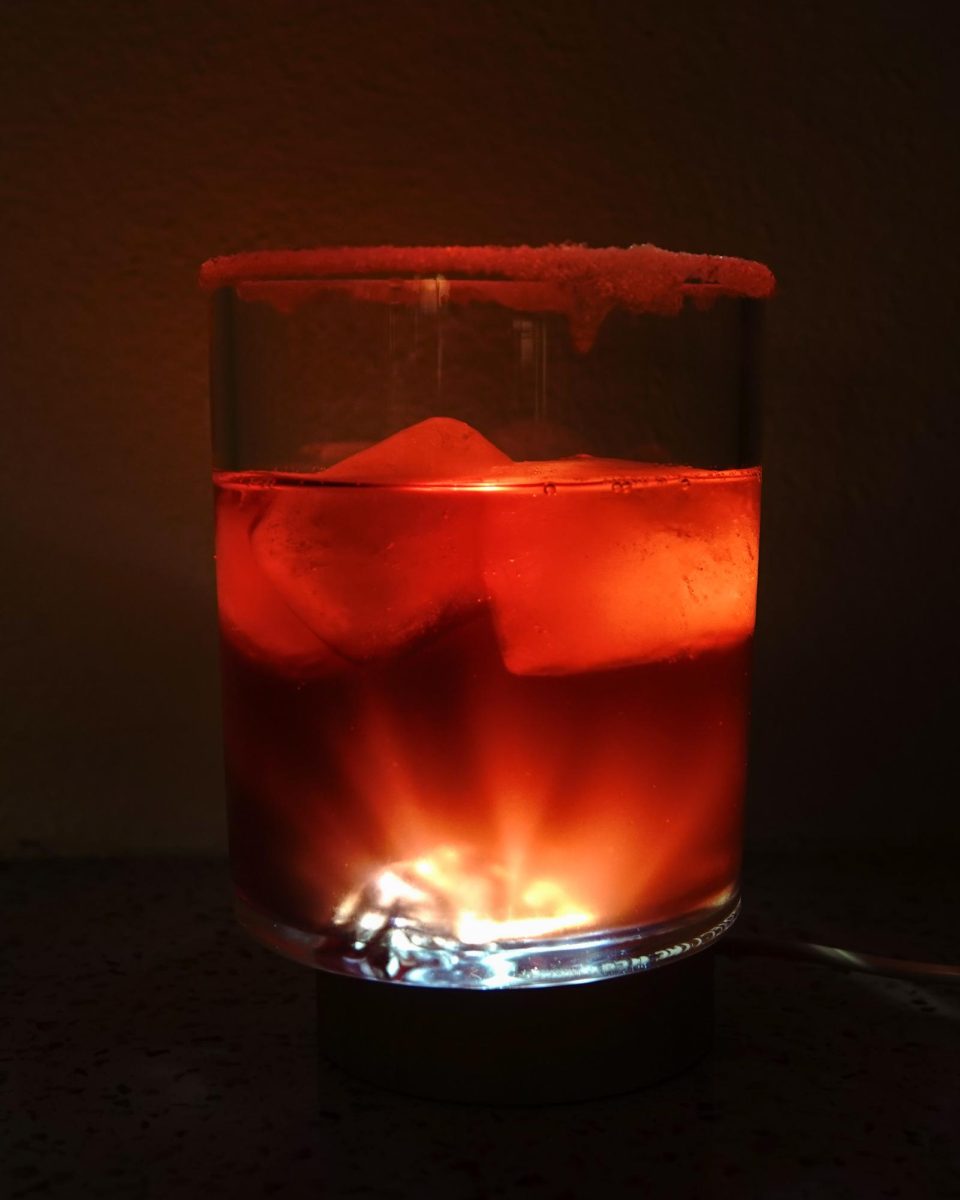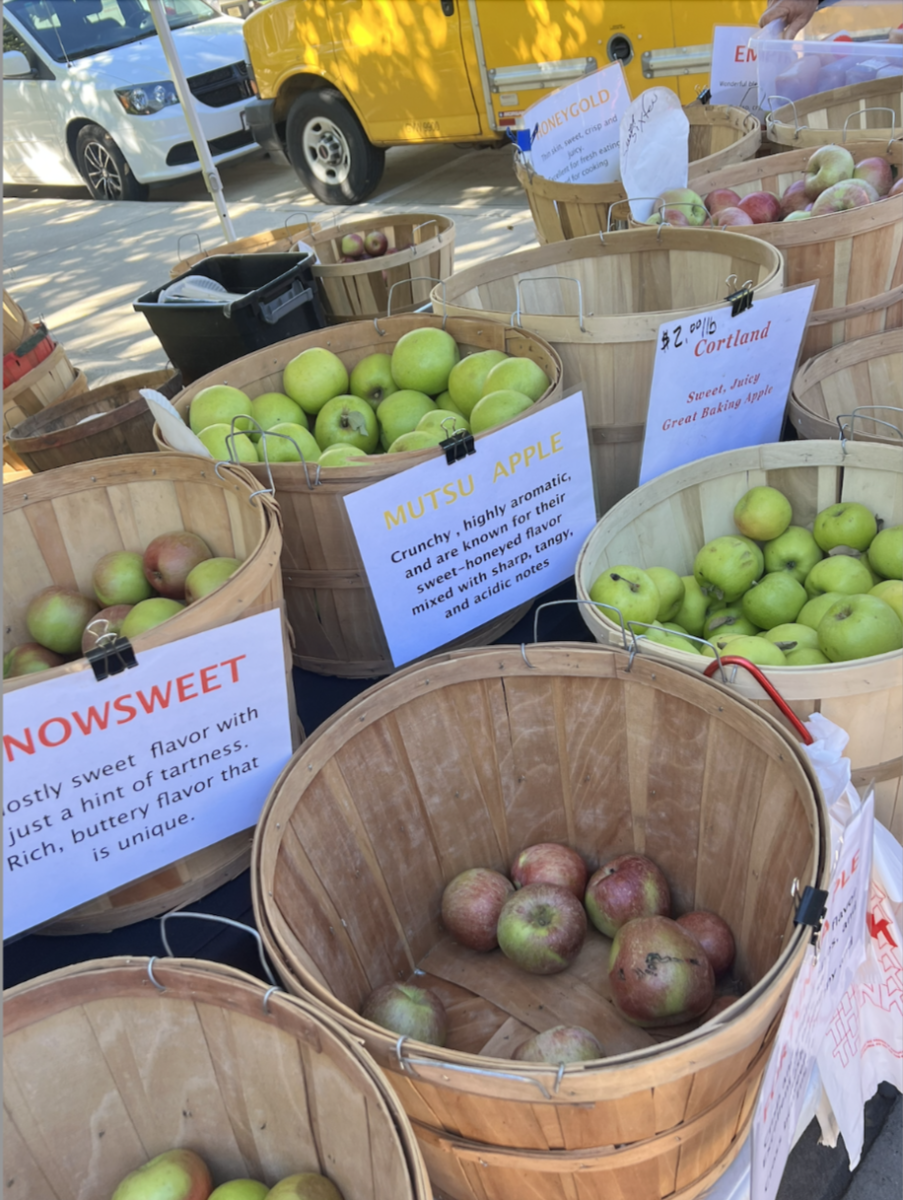Monroe Street’s hidden cuisine gem lies in Miko Poké, a Hawaiian-influenced restaurant that prides itself with in-house ingredients.
The Badger Herald sat down with general manager Ben Brady and executive chef Scott Harrell to talk about how they got started, where they source their ingredients and why Miko Poké is one of a kind.
The following interview was edited for style and clarity.
The Badger Herald: Where did the idea for this restaurant come from?
Scott Harrell: The original idea was from our chief creative officer, Caitlin Suemnicht. Through research, the menu just kind of naturally happened. They originally hired me for Everly, and Miko is part of that project, so the two restaurants are kind of one big project.
BH: How long has Miko been in the works?
SH: Planning for Miko has been about three to four months — from many developments, from going to Los Angeles and trying other styles of poké to get a really good idea of the style of this food. The most important thing when you are doing something that is not of your culture is to get it right, to not make mistakes and offend people — and poké is really simple. It’s really high quality fish that we bring in daily, and gorgeous rice and fresh ingredients. It’s supposed to be healthy, so that’s the main emphasis of it.
BH: Is there only one chef?
SH: I have a sous chef, his name is Matthew, and for the first month it was just the two of us. It was a good amount of work.
BH: Where does poké originate from? Is it Hawaiian?
SH: It is, yes. The Hawaiian style is very simple since there is always readily available fish. [They use] raw fish and rice — which is very abundant in their culture, and fresh vegetables. Here at Miko, we try to make it approachable for everyone — to give those signature dishes and have a menu that is completely gluten and dairy-free.
BH: What kinds of customers do you think will be attracted to this restaurant?
Ben Brady: We have something for everyone. If you don’t eat raw fish, we have sautéed rock shrimp and we have roasted chicken as well.
SH: The whole emphasis for the restaurant is that we do everything in-house. Nothing is processed ahead of time, so that makes it a very healthy dining experience, which is also important.
BB: We have had a really large population of students coming in, but the neighborhood is really excited to have us here as well. Even my grandma was in here the other day. She doesn’t eat raw fish but she loved the teriyaki chicken.
BH: Where did you get the recipes?
SH: My crazy brain? Just research and knowing flavors and respecting flavors in a style of food and making something approachable. And experience. I’ve cooked for 15 years. My friends had a ramen shop in Chicago which taught me a lot about Asian influence and flavor components.
BH: Where are your ingredients from?
SH: Our Scottish salmon is from Scotland, it’s farm-raised. Don’t picture a farm, picture giant valleys and mountains and large open water that they put nets up around — but the fish still swim free. The nets are to block parasites so that it is safe to eat raw. Our yellow fin tuna, ahi and albacore all come from the ocean near Hawaii. They are caught and then delivered basically the next day. So you can’t get fresher.
BB: I wanted to add that with farm-raised fish, you can also control their diet. There are other ways of farming fish, but we really put a lot of research into getting really high quality salmon.
BH: What else does Miko Poké do besides poké?
SH: Hawaiian shave ice, and the potato chips and the seaweed salad. The seaweed salad is marinated seaweed with a house-made ginger sesame vinaigrette, sesame seeds, garlic chili oil and fresh cucumber.
BB: The shave ice varies from a snow cone — it is a very fine shave, it’s very light and fluffy.
BH: Are you the only poké restaurant in the area?
SH: Other restaurants might have a special here and there, but no one else specializes in it.
BB: And we are the only poké restaurant in Wisconsin, to the best of our knowledge.














